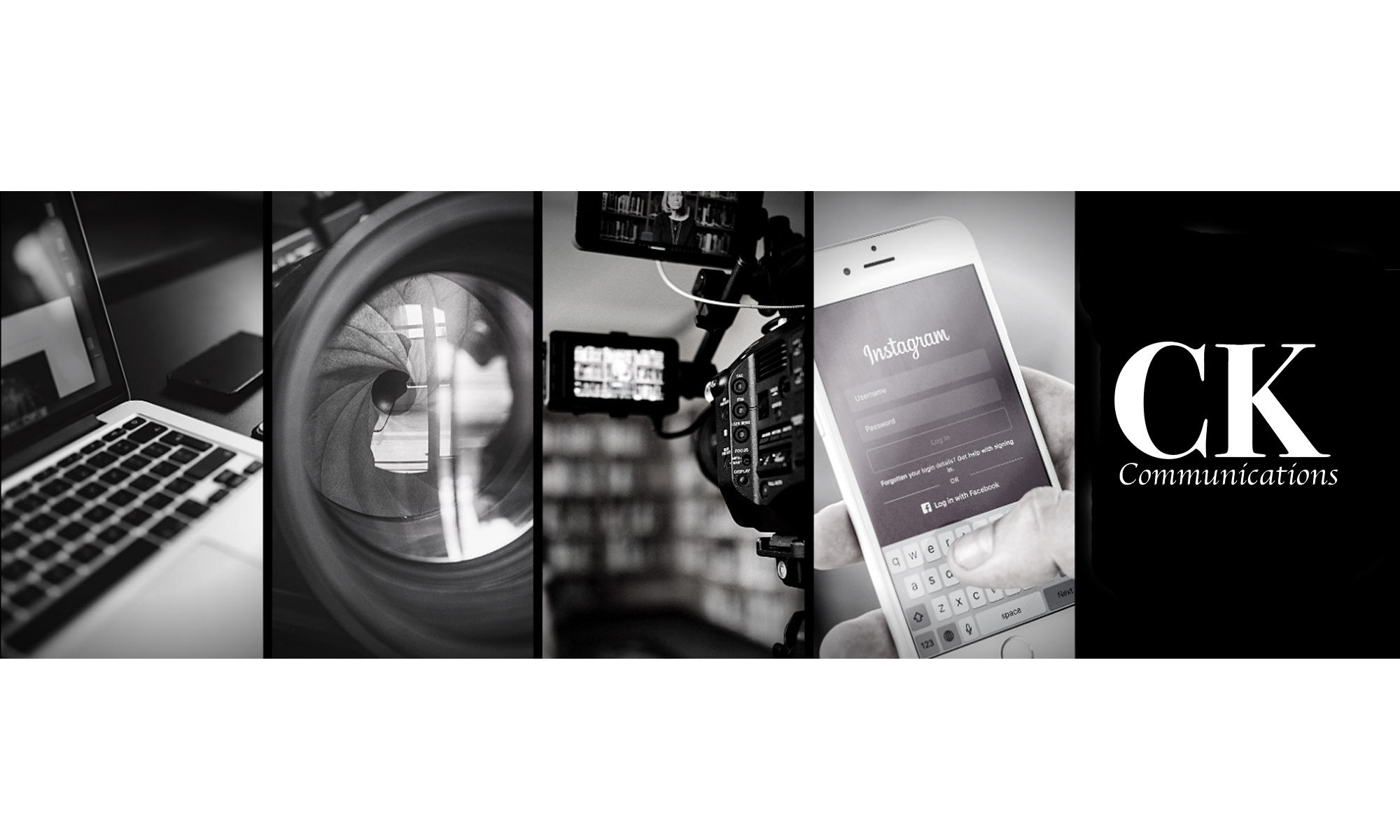In a world where trust is both more fragile and more valued than ever, ethics and transparency are not just moral choices but strategic imperatives. The rise of social media, the speed of information dissemination, and the growing public demand for corporate accountability have made transparency and ethical conduct critical components of any organization’s public relations strategy.
The Importance of Ethics and Transparency
Transparency is no longer an option but a necessity. In an era where every action can be scrutinized instantly worldwide, ethical lapses can cause irreparable damage to a brand’s reputation. Conversely, a commitment to ethical behavior and transparency can enhance an organization’s standing, leading to increased loyalty, better stakeholder relationships, and a more positive public image.
Fostering a Culture of Honesty and Openness
Creating a culture of transparency and ethics starts from within. Here’s how organizations can foster this culture:
– Lead by Example: Leaders must demonstrate a commitment to transparency and ethical behavior, setting the tone for the entire organization.
– Clear Ethical Guidelines: Develop and enforce a clear set of ethical standards and policies. Ensure that every member of the organization understands these guidelines and their importance.
– Open Communication Channels: Encourage open communication within the organization. Employees should feel comfortable speaking up about potential ethical issues without fear of reprisal.
Navigating Ethical Dilemmas
Ethical dilemmas can be complex and challenging. PR professionals must:
– Identify Potential Conflicts Early**: Stay vigilant and identify potential ethical issues before they escalate. This involves regular monitoring of internal and external environments.
– Consult and Deliberate: When faced with ethical dilemmas, consult with various stakeholders and consider different perspectives before making a decision.
– Seek Balance: Often, ethical dilemmas involve balancing conflicting interests. Aim to find solutions that uphold the organization’s ethical standards while considering stakeholder needs.
Transparency as a Strategic Asset
Transparency can be a powerful tool for building trust. Here’s how to use it effectively:
– Proactive Disclosure: Don’t wait for a crisis to be transparent. Regularly share information about business operations, decision-making processes, and future plans with stakeholders.
– Honesty in Crisis: If a crisis occurs, be honest and upfront. Admit mistakes, explain what happened, and communicate what steps are being taken to resolve the situation and prevent future occurrences.
– Engage and Listen: Transparency is a two-way street. Engage with stakeholders, listen to their concerns, and incorporate their feedback into business practices.
Building Trust with Stakeholders
Trust is built over time through consistent and ethical behavior. To build and maintain trust:
– Consistency: Be consistent in your ethical conduct and communication. Stakeholders should know what to expect from your organization.
– Accountability: Hold yourself accountable for your actions. When mistakes happen, take responsibility and work to rectify them.
– Long-Term Focus: Building trust is a long-term endeavor. Focus on sustainable practices and long-term relationships rather than short-term gains.
In today’s skeptical world, ethics and transparency are more than moral choices; they are the bedrock of trust and reputation. By fostering a culture of honesty, navigating ethical dilemmas wisely, and using transparency as a strategic asset, PR professionals can help their organizations build lasting relationships with stakeholders based on trust and respect. In the end, the most successful organizations will be those that recognize the intrinsic value of ethics and transparency and integrate them into every aspect of their business.

